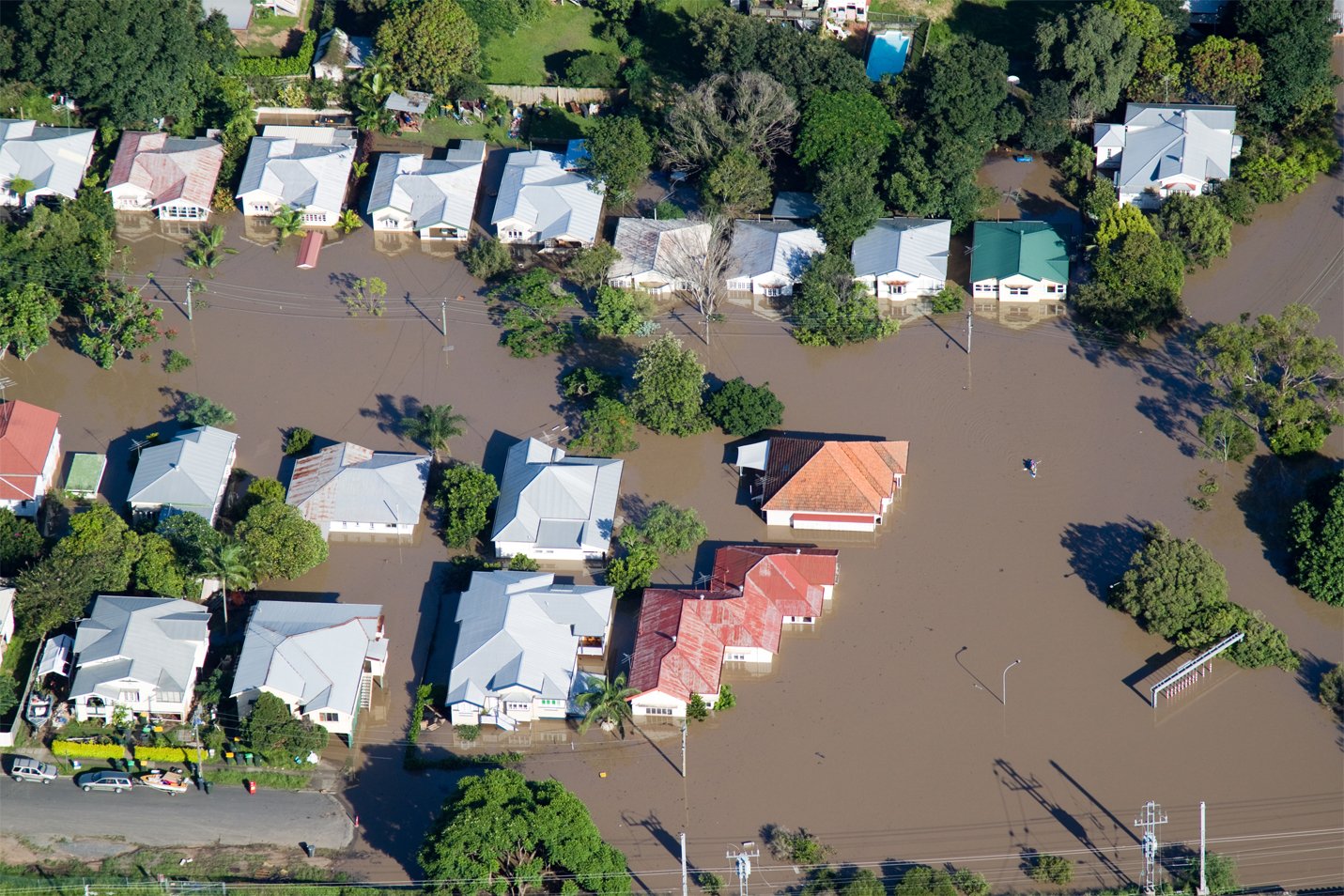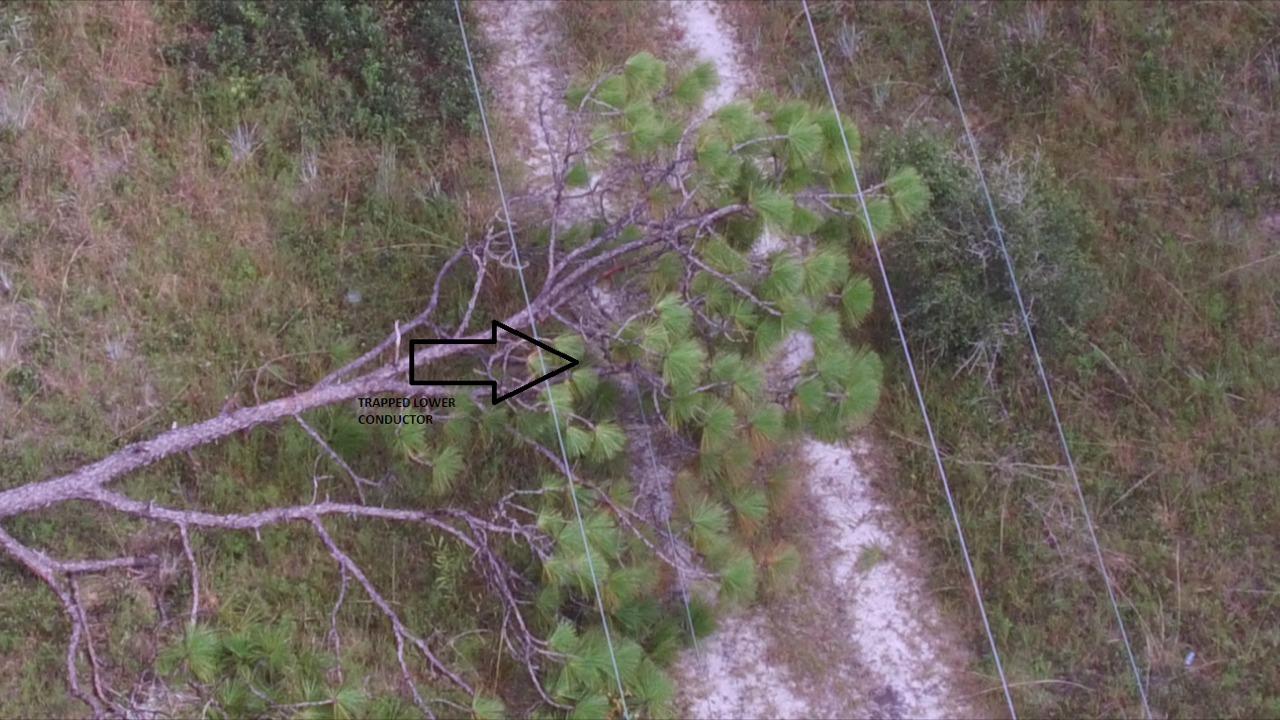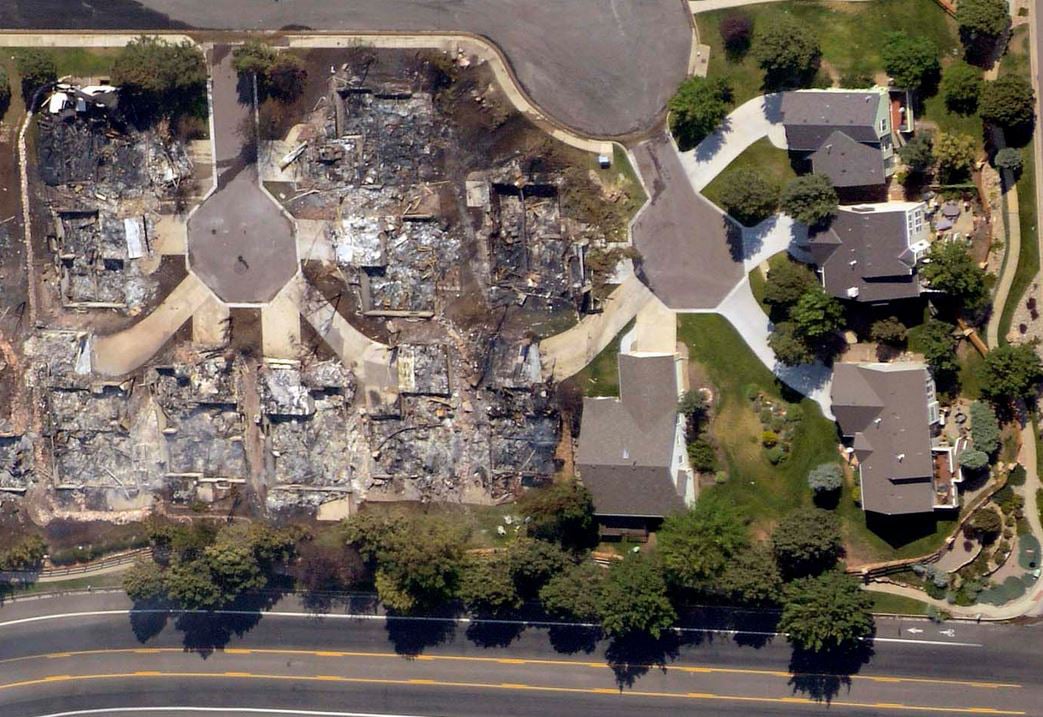Drones for Disaster Response and Relief Operations a Continuous Approximation Model
When environmental disasters strike, the first 72 hours are critical. As responders work to save lives and minimize damage they rely on accurate geographic information to coordinate operations. The more officials know about impacted areas, the more effective their response. Because drones can be quickly deployed over disaster zones, responders are using them to produce 3D maps, scan for victims, and assess damaged infrastructure. These, among other applications, have cemented the role of drones as an essential part of emergency disaster response.
Responders use drones to:
- Provide rapid situational awareness with mapping technology and imagery
- Help firefighters identify hot spots and assess property damage
- Capture imagery for communications and news coverage
- Search for survivors
- Assess utility and infrastructure damage
- Create before/after maps of the impacted area
To allow the use of drones in response efforts, the FAA often expedites airspace authorization and Part 107 waivers to drone operators with any legitimate reason to assist in the relief efforts. In limited cases, the agency also grants operators permission to fly beyond visual line of sight (BVLOS). This is crucial for emergency disaster response, because it allows the drone operators to access hard-to-reach areas within minutes, instead of hours.
As we brace for peak hurricane season, we look back at how responders have used drones in disaster relief, from aiding firefighters to documenting tornado damage.
UASs Provide Crucial Imagery After Disasters
In anticipation of Hurricane Florence's landfall in September 2018, PrecisionHawk partnered with the North Carolina Department of Transportation (NCDOT) to launch a preemptive UAS response. The hurricane caused over $20 billion of damage, flooding roadways and knocking out power utilities.
The NCDOT flew more than 260 drone missions and captured more than 8,000 videos and images. With visual context, state agencies were able to deploy emergency responders and divert people away from risky areas. By assessing roads, highways, bridges, airports, ferry terminals, waterways and dams across the impacted region, drone technology ultimately enabled responders to make more informed decisions about how to take action.

After a magnitude 7.8 earthquake devastated Nepal in 2015, killing over 7,500 people and crumbling homes and buildings, medical aid organizations and news networks deployed drones during their response. The drones were used to aid in search and rescue, gather imagery, 3D map affected areas, and assess the extent of the damage. This supplemented the country's shortage of resources like manned helicopters. One charity that provides medical aid flew drones over affected areas, mapped the worst-hit zones, and used the information to send rescue workers on the ground directly where they were needed.
When a tornado damaged dozens of homes and injured people in Amherst County, Virginia, a high school technology club was granted permission to fly drones over the impacted area to assist with disaster relief efforts. They helped by providing aerial views of the aftermath and using the high-resolution imagery to locate personal belongings of those whose homes had been destroyed. The imagery and video collected by their drones became a documentary project that shared both the story of the tornado's destruction, and of the aid the drones provided afterward.
In May 2018, Kilauea Volcano erupted and spewed lava that obliterated over 700 hundred homes in Leilani Estates, Hawaii. Many of the homes were inaccessibly by ground, due to the molten rock surging through the streets. In the aftermath, a Fortune 250 insurance company partnered with a research organization to fly drones over the Leilani Estates lava flows and inspect the houses for damage. In one day, they were able to conduct a series of ortho flights with several DJI multicopters, to see how many homes, and which ones, were affected by the lava. Some had lava moving through their front yards, and people couldn't manually access the area. But VLOS drone flight delivered a safe approach to inspecting the wide area at arm's length.

Fighting Fires with Drones
Between 1990 and 2017, an average of 17 firefighters died per year during activities related to fighting wildfires. In 2008 alone, 16 firefighters were killed because of aircraft incidents. Manned aircraft flies at low altitudes while combating wildfires, putting firefighters at risk of dangerous winds, low visibility, and high temperatures. Because wildfires spread fast, devastating anything in their path, waiting for the winds and heat to die down is not an option.
In 2017, firefighters deployed drones for the first time to help combat the Creek and Skirball fires tearing through Los Angeles county. The drones were mainly used to assess property damage caused by the fires. Equipped with thermal sensors, the drones enabled operators to identify active "hot spots," so firefighters could be dispatched to extinguish the fire in that area. This marked the start of a robust drone program that would actively assist with firefighting, search and rescue, and delivering supplies.
"We already have a group of firefighters FAA-certified to fly drones, and soon drones will be helping with structure and brush fires, and with accidents, water rescues, and a lot more."
– Derrick Ward, Los Angeles City Fire Department
The L.A. Fire Department's adoption of drones has proved critical to providing their Incident Commander with improved situational awareness, enabling them to more effectively manage their resources and keep people safe. The drones' high-resolution thermal imagery eliminate the need to rent infrared cameras and decrease the need for manned aircraft to fly over the fires. Ultimately, using drones has accelerated response and saved lives.
"If I send somebody out to gather or dispatch info about an emergency situation, it might take 5-10 minutes for them to relay or upload the information. Getting a picture in real-time has been a dramatic change in our decision-making process... If we just save one life, that's worth it, but we're not going to save one life with this, we're going to save hundreds."
– Richard Fields, LAFD Battalion Chief; Derrick Ward, Los Angeles City Fire Department

Developing a Disaster Response Strategy
Effective disaster relief efforts start with a sound situational assessment. At this critical stage, drones provide a more efficient means of data collection than traditional ground-based and manned aerial methods. They're uninhibited by fallen trees, downed powerlines or rubble. Also, they allow the operator to cover more acreage from fewer deployment areas, while remaining safely on the ground.
Thermal sensors are capable of assessing the impact a fire is having on a building's structural integrity, to help inform when to send in firefighters, and detecting body heat signatures to aid with search and rescue after a disaster strikes. Most of our drones used during the Hurricane Florence response efforts were the DJI M100, a lightweight UAS. They were equipped with Zenmuse Z30 aerial zoom cameras, 25 megapixel sensors that capture video and still images at up to30x optical zoom, collecting big-picture and detailed imagery from up to 1.5 miles away.
We've designed our services to support disaster response from start to finish.
- PrecisionHawk offers a data collection platform of hardware, software, and flight services that are tailored to the requirements of disaster response.
- Due to the emergency nature of these inspections, pilots can team with linemen to make assessments right in the field or using live video feeds for remote technicians.
- Drone operators can immediately share images and video with the response teams so rescue and repair crews can be deployed as needed
- Repair crews quickly deploy to handle the most critical issues using the detailed data on the damaged assets and the surrounding environment to select tools and components and find the safest routes to the areas of concern.
Whether you need to identify hotspots in a burning building or prioritize rescue efforts in a disaster zone, drone technology can help you turn aerial data into actionable information.
What Our Drones Can Do For You
Disaster is inevitable and can affect anyone, anytime. The key to developing a successful emergency response is in gathering data quickly, assessing the extent of the damage, and managing and deploying your resources as efficiently as possible.
Our certified drone operators participate in a training program based on Naval aviation principles, designed by our ex-TOPGUN flight leaders. Beyond drone operations, our pilots train in storm relief missions regulations and disaster zone best-practices. We make sure our drone pilots know how to file applications for certification to fly in any state, and are aware of state-specific authorizations and restrictions during emergencies. When demand for drone-based data collection spikes, such as in the wake of a natural disaster, we put out a call for operators to help collect data.
If you're a pilot looking to assist in the next hurricane relief effort, join our network. Businesses and governmental agencies looking to make drone-based aerial intelligence a part of their disaster response plans can speak with our flight operations experts.
Source: https://www.precisionhawk.com/blog/how-drones-aid-in-disaster-response